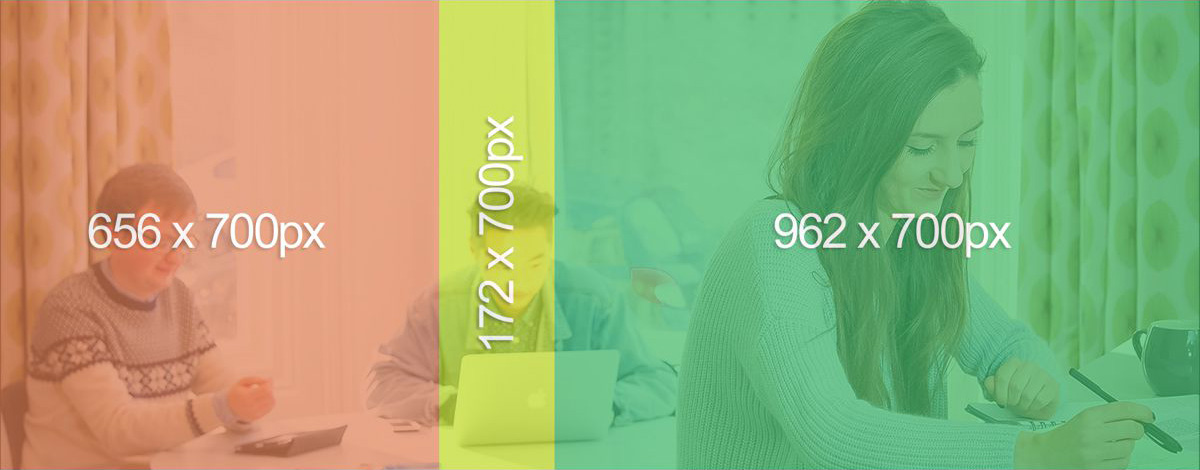I read. A lot. And I love to share what I’m reading when I find something that will prove interesting or helpful to others.
Here are six articles that provide further information on some of the concepts we cover in our training for web editors. They offer practical tips on improving your content, from adding structure to enhancing search optimisation. Many also include reminders of the essential elements of writing for the web.
1. Writing great page titles and headings
A great practical guide to writing page titles and headings. Learn how you can write headings to engage and inform your users, and improve the search optimisation of your page. All examples included are from university websites.
“three guidelines that will help you create titles and headings that rock: 1) describe, 2) contextualize and 3) simplify and clarify.”
Read the full article on the Meet Content blog: Introducing Your Content – Page Titles and Headings
2. The importance of an introduction
This article by Jakob Nielsen from 2007 is still relevant today. It highlights the importance of introductory text on a web page… but only when done well.
“short intros can increase usability by explaining the remaining content’s purpose”
Read the full article on the Nielsen Norman Group website: Blah-Blah Text: Keep, Cut, or Kill?
3. Bold benefits your readers and search ranking
This article makes it on to the list simply for having a reference to Star Trek.
Ok, not really. The idea of using bold to aid search engine optimisation was something that participants in our first training session found useful. Here’s an article that outlines it in more detail.
“the head of Google’s webspam team, Matt Cutts, has hinted that the search engine might look favourably on bolded phrases.”
Read the full article on the Sticky Content blog: To boldly go – how bolding words can give you SEO lift-off
4. How to improve information-rich websites
We’ve all got pages on our sites where there’s a lot of information to cover. Sometimes it’s hard to see how we can make this less dense and more engaging. This article provides some solutions for how to present complex information without overwhelming your users.
“When there’s a blizzard of information users can struggle to complete the task they came to your site for.”
Read the full article on the Sticky Content blog: 3 problems with information-rich websites and how to solve them
5. The problem with duplicate content
This post presents three reasons why duplicate content is bad for your website. Find out how it affects your users, search engines and you.
“duplicate web content can impact findability, usability and user comprehension.”
Read the full article on the Meet Content blog: Why Duplicate Content Is Bad for the Web
6. Why you need an editorial calendar
Richard Prowse, our counterpart in the digital team at the University of Bath, offers an introduction to editorial calendars. He covers why they’re useful and what you need to consider when creating one.
“you can use an editorial calendar to plan which content you’ll need and by when”
Read the full article on Richard’s Content Bear blog: How to Create an Editorial Calendar
Help us build the ultimate reading list for web editors
Are there any articles that you’ve found helpful in explaining a concept relating to planning or writing web content? Share them in the comments.




